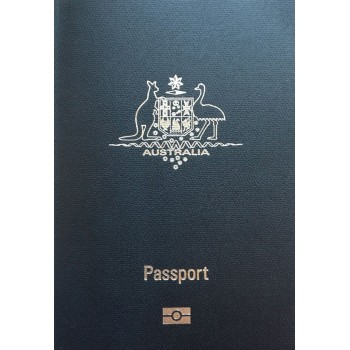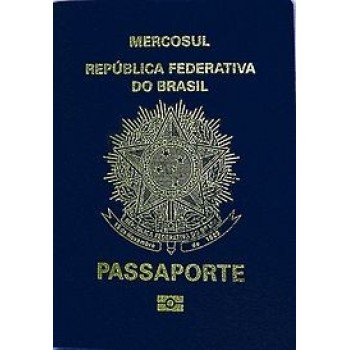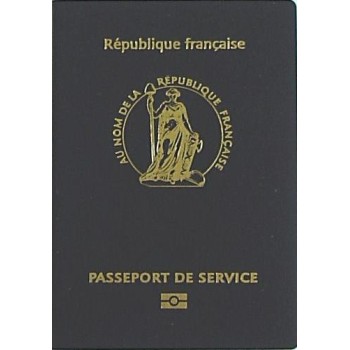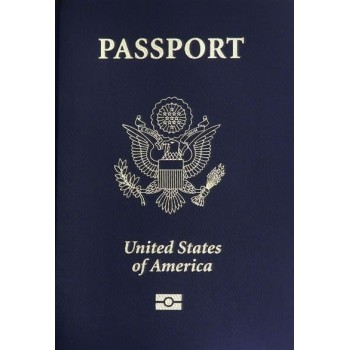In recent times, the creation of fake IDs has no longer been a matter of copying and altering by hand. Nowadays, those who create fake IDs employ sophisticated techniques such as artificial intelligence (AI), computer design software, and 3D printing to produce highly realistic fake IDs. These technologies simplify replicating the appearance and feel of genuine ID cards.
For example, fake Driver's Licenses: Fake pictures can be produced using AI technology that resembles real government photographs. Smart software places these onto blank forms that mirror national or state driver's licenses designs.
Fake Passports: Sophisticated printing equipment and specialty ink assist fake producers to duplicate intricate designs used in actual passports, such as holograms and small print.
These technologies also enabled individuals to create fake IDs, even if one is not tech-savvy. But this ease of use also gives cause for concerns about it being used in an ill manner.
The Role of Online Marketplaces
Other individuals also sell counterfeit IDs online. Other forged papers of various sorts are on clandestine websites and underground forums for sale. Since these sites conceal the identities of their owners, it is difficult for police to identify who is selling and buying them.
Although these transactions aren't legal, it is nice to know about the technology involved:
Personalization: Customers can select designs that resemble official ones. They select colors, font, and even some of the security features as well.
Some individuals create physical IDs using 3D printing that feature raised letters or logos, which gives them an appearance of being real.
Detecting Fake Documents
Luckily, new technology has provided us with improved means of locating things. For instance:
Police employ special lights and holographic scanners to detect counterfeit goods. They can observe concealed patterns or features you can't observe using normal lighting.
The Future of Fake IDs
Blockchain Verification: A number of firms consider employing blockchain systems. In these systems, each ID is attached to a special digital registry, which is extremely difficult to forge.
Embedding biometric data such as fingerprints or facial characteristics on identification cards would render it extremely difficult to create imitation ids that resemble real ones.
Conclusion
While the creation and distribution of fake IDs remain illegal activities with serious consequences, they highlight the ingenuity of modern technology. By understanding how these forgeries are created, we can better equip ourselves to prevent their misuse. As society continues to grapple with balancing innovation and security, it is crucial to focus on ethical uses of technology that protect individuals and uphold trust in official systems.









